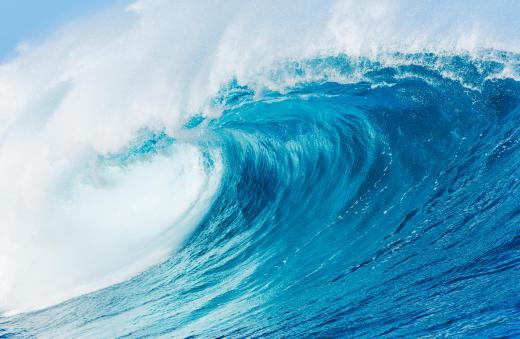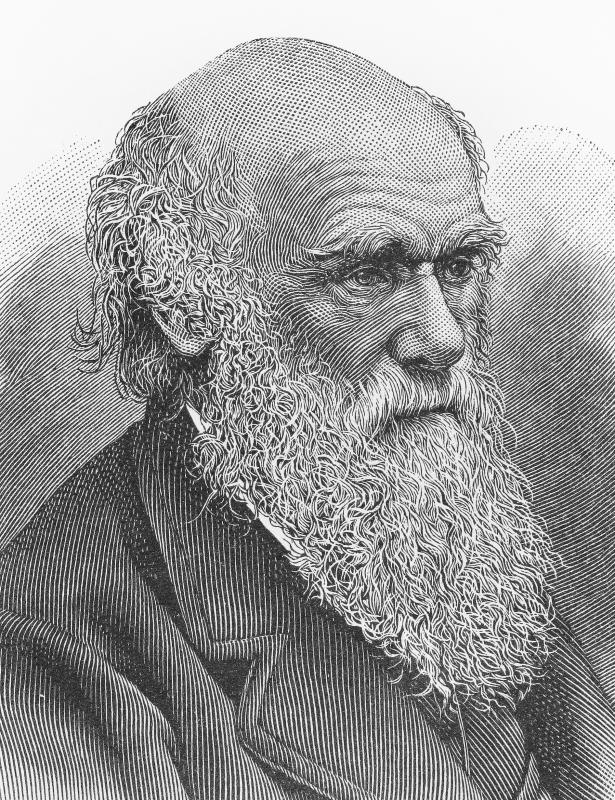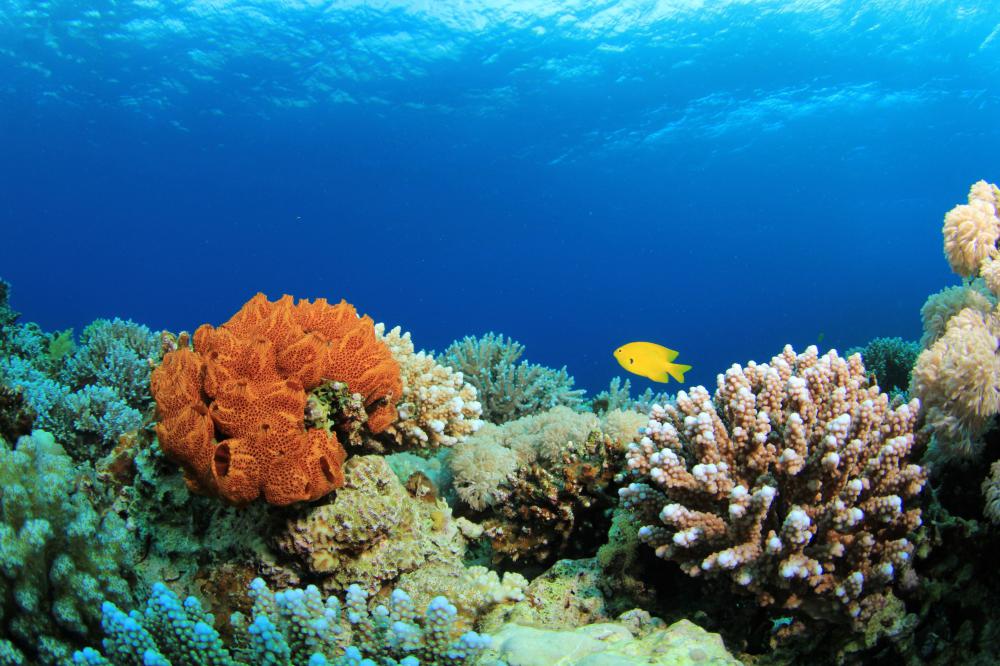How is an Atoll Formed?
An atoll is one of the beautiful yet mysterious land formations that occur in remote locations of warm tropical waters, such as the Pacific Ocean. Formed over 30 million years, an atoll is home for up to 300 species of corals and a host of other marine life. Viewed from above, it resembles a flat ring of sandy land with a lagoon in the center. An atoll should not be confused with an island, as its geographic formation is significantly different.
Charles Darwin provided an explanation for the formation of an atoll in 1842, which is still accepted widely today. Based on his crude observations of South Pacific atolls, Darwin concluded that these unique land creations were a result of two factors that occurred simultaneously – coral reef growth and the gradual sinking of an oceanic island.

The process of atoll formation takes as long as 30 million years. It begins with a new tropical oceanic island, which exists due to tectonic plate collisions or plate movements over oceanic hot spots of volcanic activity. Most atolls, especially those located in the Pacific Ocean, are products of previous volcanic islands. These newly formed volcanic islands will have no sign of any life form, whether on land or in the water. This is because tropical waters are relatively warm and lack sufficient nutrients to sustain marine life.

One hundred thousand years later, a fringing coral reef surrounds the shores of the volcanic island. Coral reefs are built by hermatypic corals, organisms that thrive in warm surface waters. These organisms multiply and reproduce corals all along the island's shoreline. New corals grow on top of older or dead ones, and the process continues as the volcanic island begins to sink. This is the second step in atoll formation.

Over the next 25 million years, fringing coral reefs turn into barrier reefs. Barrier reefs are formed when the island sinks almost to sea level while corals continue to grow upwards. These geographic movements in opposing directions result in the development of lagoons between the sinking island and the growing coral reef.
An atoll is born five million years after this, when the island has subsided completely beneath sea level and the coral reef continues its growth towards and above the surface of the water. The lagoon that was produced in the earlier stage now dominates the center of the atoll. Eventually, due to wind and wave erosion, corals break into pieces and become sandy, creating a land surface called a cay.

Atolls are renowned for their beautiful coral reefs and colorful marine life. Many are attractive tourist spots, particularly for dive enthusiasts and snorkelers. Famous atolls around the world include those within the Tuamotu Archipelago, the Coral Sea Islands, and the Caroline Islands in the Pacific Ocean, as well as Chagos Archipelago and the Maldives in the Indian Ocean.
AS FEATURED ON:
AS FEATURED ON:















Discussion Comments
Coral is made up of limestone. The glue you use to make cement. But even so, coral gets broken off in violent tropical storms, drifts and can pile on top of other coral, just below the surface, to form a chain of islands, around a central atoll.
Eventually these tiny islands join together and a lagoon in the middle forms. This also fills up with coral cement (cay) and you get your coral island.
The Great Barrier Reef has a great number of coral Islands! 'Heron Island' is just one example of many others.
Question-- atolls show growth of coral above the water level. How can this happen? The great barrier reef does not grow above the water level. what is the difference??
thanks
Post your comments